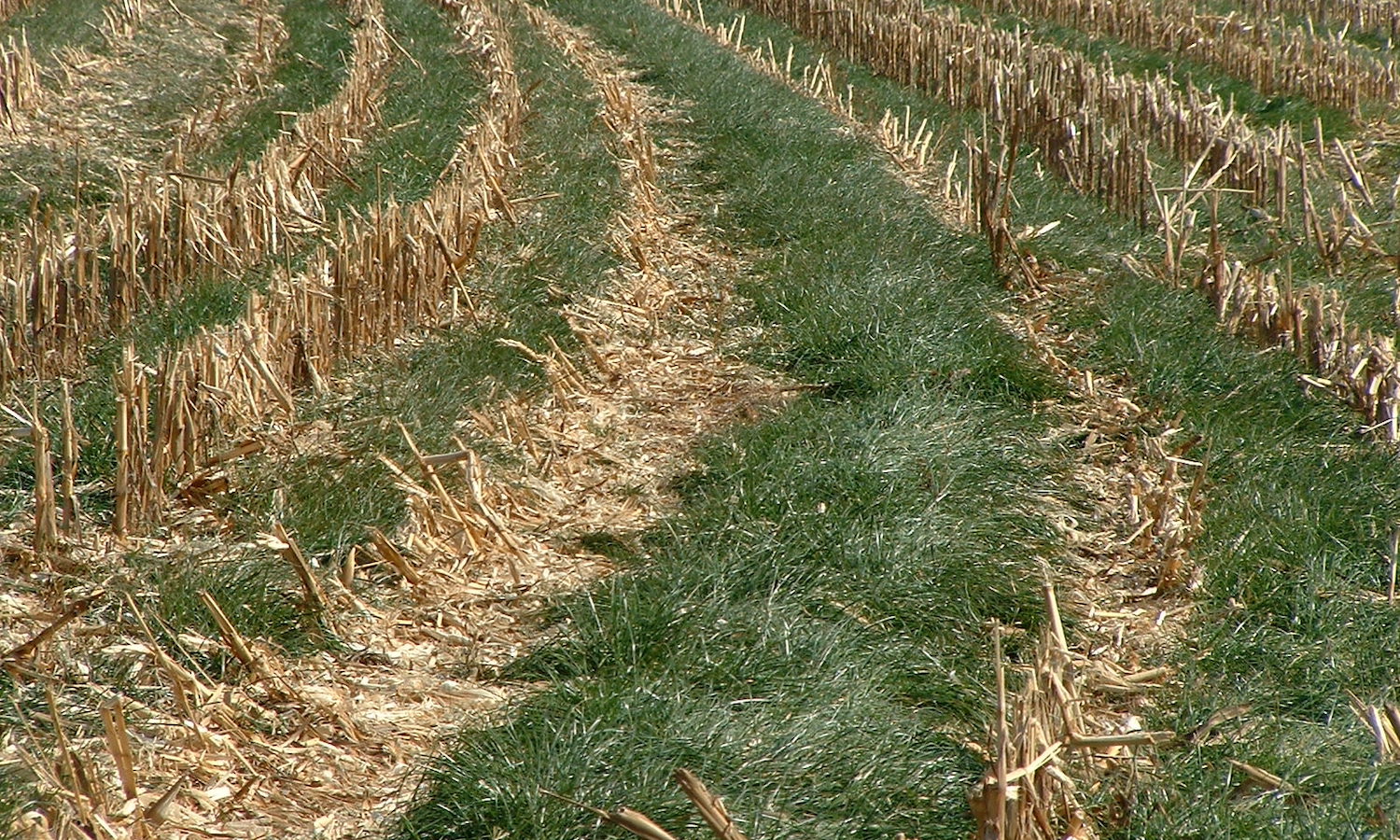This is the third piece in a series on the potential of cover crops
The price of artificial or inorganic fertilizers recently skyrocketed, pushing famers toward natural fertilizers to sustain yields. The upward trend of cover cropping may present a cost-effective alternative to artificial fertilizers and an environmentally sound solution for long-term farm viability.
The World Bank reports that inorganic fertilizer prices increased by 80 percent in 2021 and another 30 percent from January to April, 2022. Various factors have caused fertilizer costs to reach historic levels, including production cuts due to soaring energy prices, sanctions, and export restrictions in response to Russia’s invasion of Ukraine, and strong demand with rising commodity crop acreage, according to the World Bank.
“In spite of these price increases, a lot of people use synthetic fertilizers,” Roland Bunch, Founder and CEO of Better Soils, Better Lives, tells Food Tank. Bunch goes on to say that these once-cheap alternatives to natural fertilizers remain a dominant choice for farmers due to the influence of industry. “Fertilizer companies support something like 70 percent of the agricultural experimentation in the U.S., as well as provide funding for a good number of agricultural companies in the developing world,” he explains.
But synthetic fertilizers can cause substantial environmental harm, including soil degradation, pollution, and climate change. According to soil scientist and adjunct professor Katharhy F., adding minerals right at the plant’s root prevents it from expanding into the soil. “The way that microbes and plants interact is through the root architecture, the expansion of the root,” he says. When the plant root does not need to grow, “there is no interaction with the microorganisms,” he explains. Most of these microorganisms play a critical role in enhancing soil health, fertility, and structure, as the U.S. Department of Agriculture (USDA) details.
The U.S. Environmental Protection Agency (EPA) also warns that nitrogen and phosphorus from excess fertilizer can discharge into waterways, inducing algal growth and dead zones. Meanwhile, nitrogen fertilizer production comprises more than half of all commercial agriculture energy use and 5 percent of the global natural gas supply alone, according to a study in the Philosophical Transactions of the Royal Society B: Biological Sciences.
While synthetics remain the popular choice, many farmers have turned to manure instead. An article by Reuters highlights the “race for waste” in the U.S. these past few years as farmers seek out manure to make up for fertilizer shortages. According to the EPA, manure not only contains necessary nutrients for plant growth, but also increases organic matter in the soil – this, in turn, stimulates those beneficial microbes.
But manure can have improper ratios of nutrients, presenting similar environmental drawbacks as synthetic chemicals if improperly managed, Agricultural Economist with the U.S. Department of Agriculture (USDA) Nigel Key tells Food Tank. He adds that “high manure transportation costs and the existing manure storage and handling technologies” prevent manure from displacing artificial fertilizers.
And cover crops present another solution. “Cover crops can help conserve soil, keep nutrients in place for the next cash crop, and promote improved soil health which can have long-term benefits for farmers,” USDA Economic Research Service (ERS) Economist Maria Bowman tells Food Tank. These benefits include increasing cash crop yields and minimizing impacts of drought. According to the USDA’s Sustainable Agriculture Research and Education Program (SARE), cover crops also have the potential to save farmers up to US$40 per acre and up to US$10 per acre in fertilizer costs for corn and soybeans, respectively.
According to Bowman, “cover crops also have costs for farmers,” including seed and termination expenses. “The net benefit of the cover crop to a farmer, or the cover crop benefits minus cover crop costs, depends on a combination of factors,” including the soil type, number of livestock, or technical assistance available, she says.
In the U.S., there has been a 50 percent increase in the planting of cover crops reported by farmers between 2012 and 2017, according to a report by the ERS. In 2018, the USDA “obligated $155 million in planned payments toward cover crops on about 2 million acres,” Bowman tells Food Tank. In the same year, “a variety of incentive programs” at the state level supported the practice across 1 million acres.
To expand cover crop implementation globally going forward, closing knowledge gaps is crucial, Bunch argues. “There are over 150 different [cover crop] systems in the world being used right now, and most organizations have no idea which of these systems would work best in their own areas,” he explains.
Once enough entities learn about the different cover crops and their impacts, and successfully train farmers, the results are promising. “I have worked all over the world: Some 50 plus nations over 50 plus years,” he says. “Their popularity and farmer adoption are greater than anything else I have ever worked with.”
Articles like the one you just read are made possible through the generosity of Food Tank members. Can we please count on you to be part of our growing movement? Become a member today by clicking here.
Photo courtesy of Alan Manson, Wikimedia Commons











